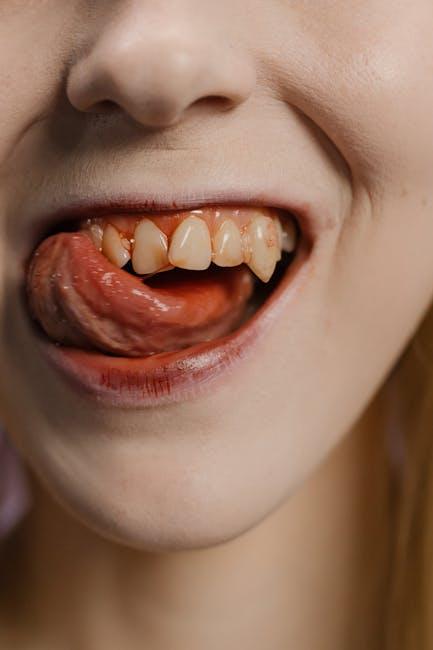
Does Medicaid Cover Dental? Orthodontics, Common Procedures & State Coverage
When it comes to healthcare, dental care is an essential but often overlooked part of overall well-being. If you or a loved one are enrolled in Medicaid, you may be wondering, does Medicaid cover dental services? This comprehensive guide breaks down everything you need to know about Medicaid dental coverage, including orthodontics, common procedures, and how coverage varies by state.
Understanding Medicaid Dental Coverage
Medicaid is a joint federal and state program designed to provide health coverage to low-income individuals and families. While Medicaid covers a broad range of medical services, dental coverage is not uniformly guaranteed across all states. Dental benefits under Medicaid are often categorized as either mandatory or optional, affecting which treatments are covered.
Mandatory vs. Optional Dental Coverage
- Mandatory coverage for children: The Early and Periodic Screening, Diagnostic, and Treatment (EPSDT) benefit requires states to cover dental services for Medicaid-enrolled children under 21.
- Optional coverage for adults: Medicaid dental benefits for adults vary significantly. Some states offer comprehensive dental coverage, while others only cover emergency dental services or none at all.
Does Medicaid Cover Orthodontics?
Orthodontic treatment can be expensive, making coverage through Medicaid an attractive option for eligible recipients. Generally, Medicaid covers orthodontics for children under age 21 when treatment is medically necessary. This often means:
- Treatment to correct congenital conditions like cleft palate or severe malocclusions
- Orthodontics needed to improve oral function, not just cosmetic reasons
For adults, orthodontic treatments are almost never covered unless they are part of reconstructive surgery following trauma or severe medical conditions. Always check your state’s Medicaid dental policy to confirm coverage details.
Key Takeaway:
If you are seeking braces or other orthodontic services through Medicaid, documentation from a healthcare provider will typically be required to prove medical necessity.
Common Dental Procedures Covered by Medicaid
Medicaid dental coverage generally includes a range of basic and preventive services. The exact procedures covered vary by state and whether the patient is a child or an adult:
| Procedure | Children (Under 21) | Adults |
|---|---|---|
| Dental Exams & Cleanings | Covered (Preventive) | Covered in some states |
| Fillings and Restorations | Covered | Varies by state |
| Extractions | Covered | Often covered, sometimes only emergency extractions |
| Root Canals | Covered | Varies widely |
| Orthodontics (Braces, etc.) | Covered with medical necessity | Rarely covered |
| Dentures | Covered | Varies, often limited |
State-by-State Medicaid Dental Coverage
Since states administer Medicaid differently, dental coverage can be very different depending on where you live. Here’s a quick overview of how some states offer dental benefits:
| State | Adult Dental Coverage | Children’s Dental Coverage |
|---|---|---|
| California | Limited to emergency services | Comprehensive coverage |
| New York | Comprehensive coverage | Comprehensive coverage |
| Texas | Emergency-only | Comprehensive coverage |
| Florida | Limited coverage | Comprehensive coverage |
| Ohio | Comprehensive coverage | Comprehensive coverage |
To find detailed information about Medicaid dental coverage in your state, visit your state’s Medicaid website or review the Healthinsurance.org Medicaid dental guide.
Benefits of Medicaid Dental Coverage
- Access to Preventive Care: Regular cleanings and exams can help prevent serious oral health issues.
- Lower Out-of-Pocket Costs: Medicaid covers many costly procedures, reducing financial burden.
- Children’s Oral Health: Medicaid’s mandatory dental services for children promote healthy oral development.
- Improved Quality of Life: Proper dental care can improve nutrition, speech, and self-confidence.
Practical Tips for Navigating Medicaid Dental Coverage
- Verify Coverage Early: Confirm what dental services are covered by your state plan before scheduling treatments.
- Find Medicaid-Approved Dentists: Not all dentists accept Medicaid, so check provider directories.
- Understand Prior Authorization: Some dental procedures, like orthodontics, require pre-approval.
- Keep Records: Maintain documentation of dental visits and treatments, especially for medically necessary procedures.
- Explore Supplemental Dental Plans: If your state’s Medicaid lacks adult dental benefits, consider standalone dental insurance or discount plans.
Case Study: Medicaid Orthodontics for Children
Jessica’s 10-year-old son was diagnosed with severe malocclusion requiring braces. Since Jessica’s family was covered under Medicaid in New York State, and the orthodontic treatment was deemed medically necessary by their dentist, the braces were approved and fully covered. The process required submitting documentation and prior authorization, but ultimately saved the family thousands of dollars in treatment costs.
Conclusion
Medicaid can be a vital resource for dental care, especially for children under 21 who are guaranteed dental benefits. While adult dental coverage is more limited and varies by state, Medicaid still covers many essential procedures — particularly emergency dental care. Orthodontics under Medicaid are generally covered only when medically necessary and typically restricted to minors. To maximize your Medicaid dental benefits, familiarize yourself with your state’s specific policies, seek out Medicaid-accepting dentists, and ensure you understand any pre-approvals required.
For the most current and detailed information, always check your state’s Medicaid dental coverage guidelines. Ultimately, utilizing Medicaid for dental care can significantly improve oral health outcomes for you and your family.
Stay informed and smile brighter with Medicaid dental coverage!


